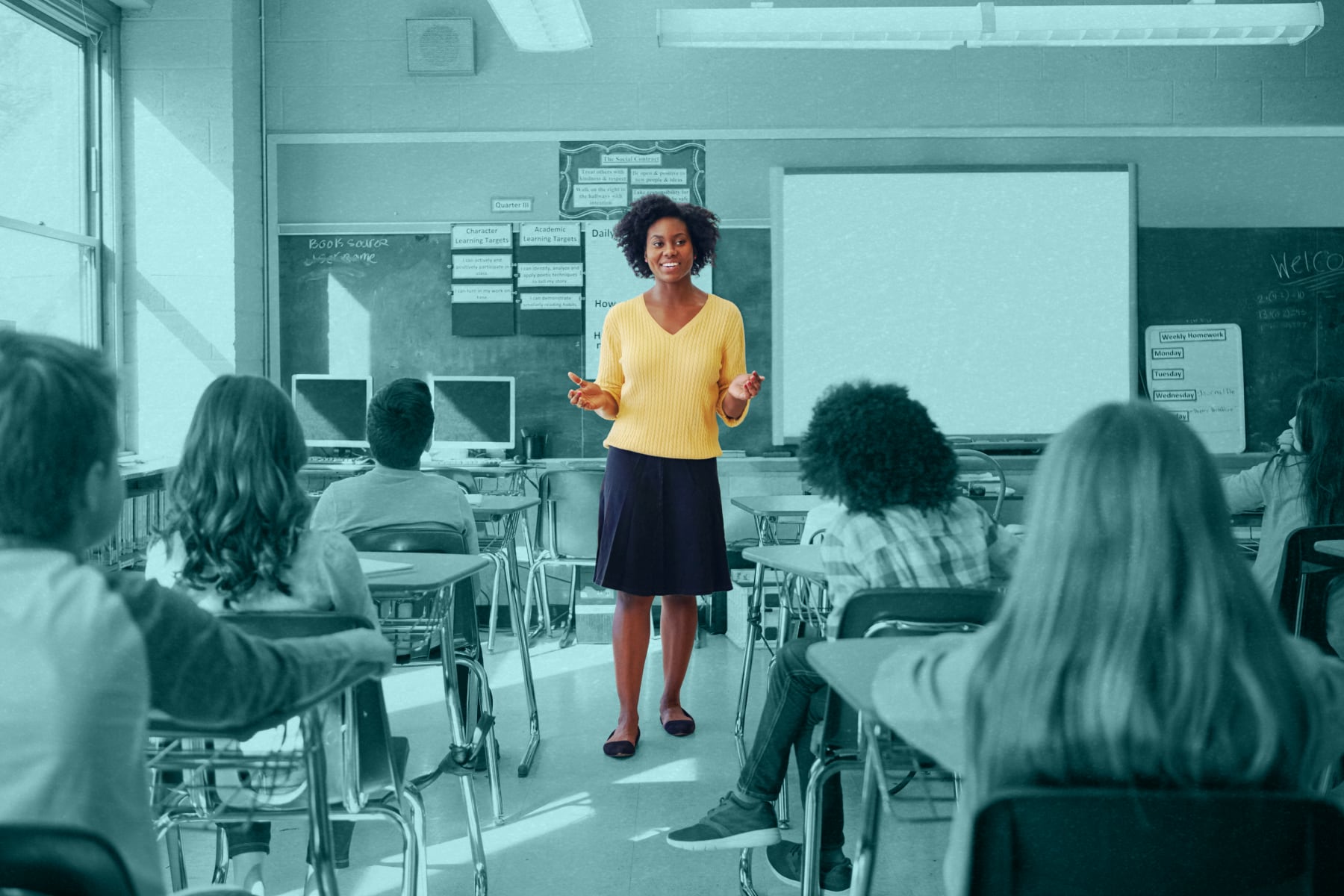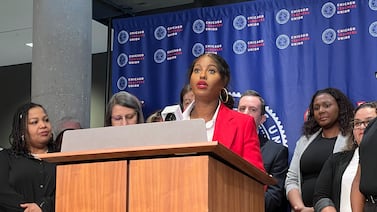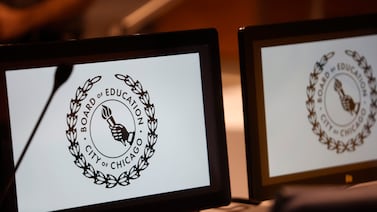This is my first year as a teacher and I’m teaching sixth grade, so both my students and I are new to the school. I’m wondering if you have any advice for how to make students feel welcome in a new building? — I’m New Here
[Are you a teacher? Submit your question for our advice column here.]
Dear I’m New Here,
Congratulations and welcome to the classroom. You are about to learn the magic of classroom leadership.
You have a toolbox of strategies from your pre-teacher service work. Use them. You will need to try all of those strategies and see which ones work for you.
I teach 12th grade now, but when I was a middle school teacher, I was constantly thinking of ways to reach students. I felt like I spent more time managing behaviors than teaching. To fix the problem, I planned amazing lessons that would flop because the kids would either stare at me without paying attention or refuse to turn in assignments. I remember being so frustrated and ready to quit.
Today, during parent-teacher conferences, a parent approached me and asked, “Did you used to teach at Meramec Elementary School?” I could not believe my eyes because this woman looked exactly like a fifth grader from my first teaching assignment. She told me her name and I was transported back to 2001 when this 10-year-old wore two long braids and smiled all the time.
She shared great memories and told me how much I influenced her life. This now-adult told me my presence meant the world to her. I found her message heartwarming and timely because for me, it was hard to believe my first year of teaching was a good experience for her.
The truth is when you teach middle schoolers, you feel like you don’t make a difference. I learned from this former student that I was wrong. As a first-year middle school teacher, you can be successful and impact adolescents’ lives.
Here’s how to get through your first school year
Bad advice abounds, ignore it! When I graduated with my master’s degree in education, there was a popular book that urged teachers not to smile for the first days of school. We were advised not to smile because we needed to send a message that we meant business. The theory was if we wanted respect from students, we had to communicate that we were no-nonsense educators who wanted conformity.
That did not work for me at all. I started smiling on the first day and felt like a total failure. I continued to smile every day because I realized the stern approach does not work for me.
I finally asked myself what does work. The answer: authenticity. I needed to show up as me.
Think of the old Bible story of David and Goliath. David was a teenager who wore an adult soldier’s tin uniform. The strange armor and borrowed weapons ended up hurting more than helping him, so instead he threw a stone to slay the giant.
In the same way I continued to smile and David dropped that armor, don’t be afraid to lose whatever you were told or taught that isn’t working.
Don’t isolate yourself. Most of the time, you will be alone with 20-30 students. Though you might not feel it yet in the excitement of your first year, being in a classroom with students all day can be tiring.
If you’re like me, around the third or fourth hour of each day you might begin to question your decisions in the classroom and might even wonder if you have chosen the right career.
This is a daily occurrence. Having teacher friends reminds you this is normal and to see the bigger picture. We have a big task and teachers support each other.
In my first year, I made friends by eating lunch in the teacher’s lounge and planning lessons with grade-level teachers.
Decide what you value. Are you a teacher who values conformity over free thinking and expression?
Someone who values conformity might emphasize strict due dates, teacher-enforced rules and consequences, and lecture-style learning.
Someone who prefers free thinking in the classroom might tolerate late work policies, student-created rules, student choice teaching such as stations and differentiated instruction.
Whatever you value as a teacher should be represented in the physical and social environment of your classroom.
- Physical environment - Consider the systems you will use to communicate your values. If you lean toward a student-centered classroom, a system could be as simple as identifying space in your classroom where students can access basic supplies such as a pencil or Chromebook charger.
What are your non-traditional seating options? I follow on YouTube a middle school teacher, Joy Bazzle, who uses spin bikes for desks. She has standing desks and wobble boards. Her classroom has great energy.
Avoid items in your classroom that can cause bad feelings for students. My high school students have shared with me unfortunate memories of their names being on the board or the color being red on a classroom behavior chart at the end of the day. They recount times of missing recess or not attending popcorn parties. These punishments did not change their behaviors, the students said. They felt targeted.
Will your behavior management system convey feelings of superiority and exclusion?
- Social environment -How will you encourage students to interact? Consider equitable systems for calling on students to participate in discussions. Trust students by including more movement in tasks where students are only using paper and pencil.
In my own classroom, I use fishbowl strategies to encourage discussions and debates. An easy way to incorporate movement and encourage discussion is to take an anticipation guide and have students move across the room based on whether they agree or disagree.
Support students as individuals. As teachers, we’re trained to see who’s not doing what we asked or to prioritize finding mistakes. I have found that providing affirmation and validation are worth learning.
Spend more time finding and acknowledging the ways in which you and your students are growing to help change the narrative that schools are a place of discipline.
You could use your wall space to provide positive reinforcement and encouragement. If you set up your classroom as a place of cooperative education, it can create an opportunity for additional buy-in, especially from reluctant learners.
Build a community of learners. My No. 1 goal is to help children learn as much from each other as they do from me. I make it clear that everyone in class doesn’t have to be best friends. But as long as we are assembled together in a classroom, we will listen and hear one another, accept each others’ differences, and recognize strengths and how each student can contribute to the classroom environment.
Sixth grade teachers can also facilitate collaboration. My favorite go-to strategies as a middle school teacher were the annual poetry slam and the million dollar project. There are other ideas to deepen student collaboration.
I’m New Here, teacher programs attempt to imitate the complexities of your first year as a teacher but it is nearly impossible to know what every classroom and every student will be like when you take over your classroom.
Know that you will survive and what you learn this year will stick with you for a lifetime.
Dr. Kem Smith is Chalkbeat’s first advice columnist. She is a full-time 12th-grade English teacher in St. Louis, Missouri. Submit your question to Dr. Kem via this submission form, and subscribe to How I Teach to receive her column in your inbox.
If you have a rebuttal or additional advice you’d like to share with I’m New Here, please email afterthebell@chalkbeat.org






